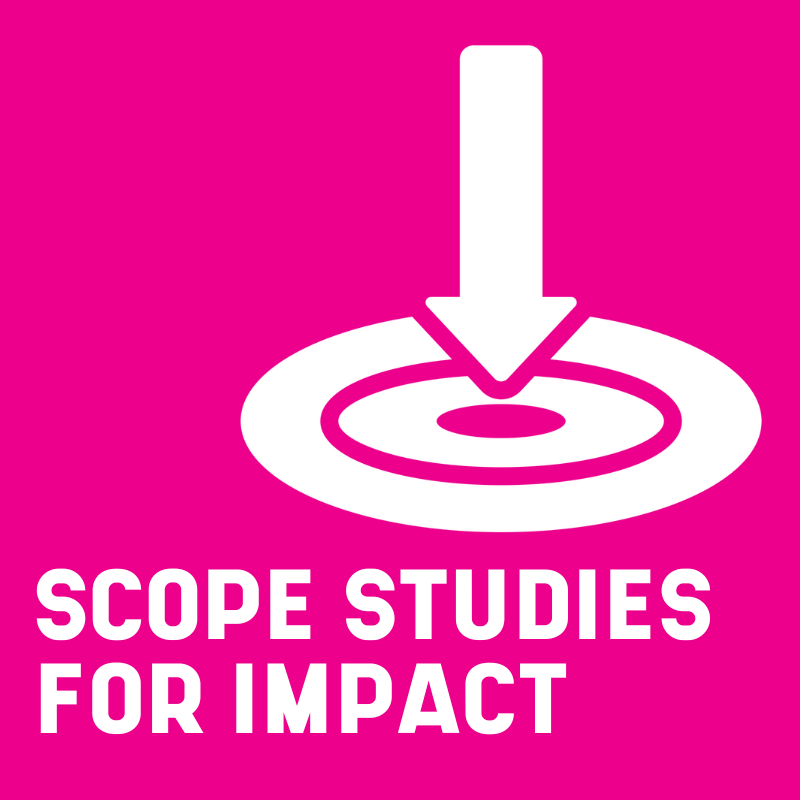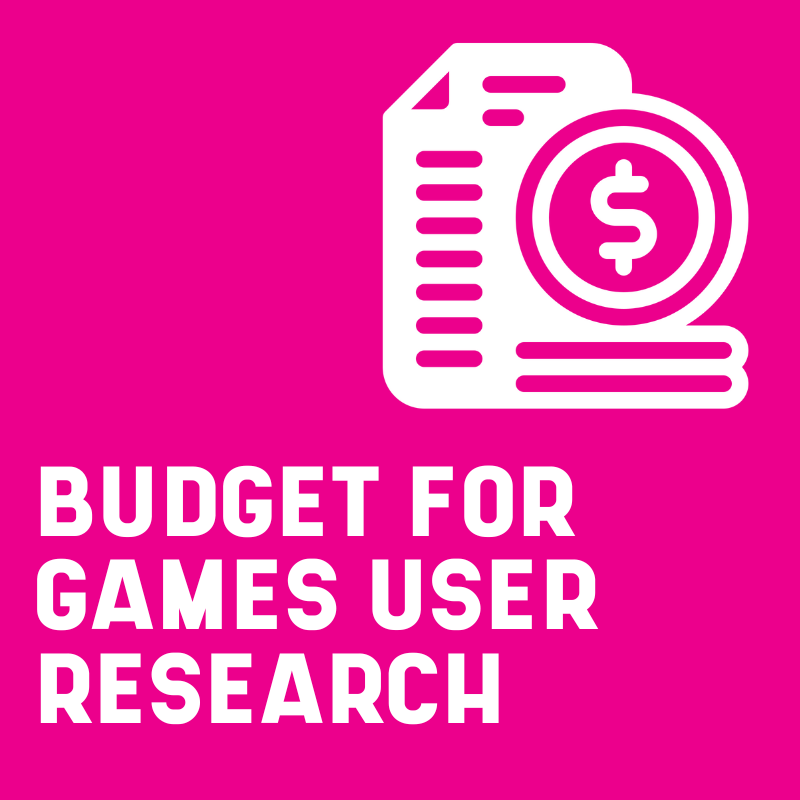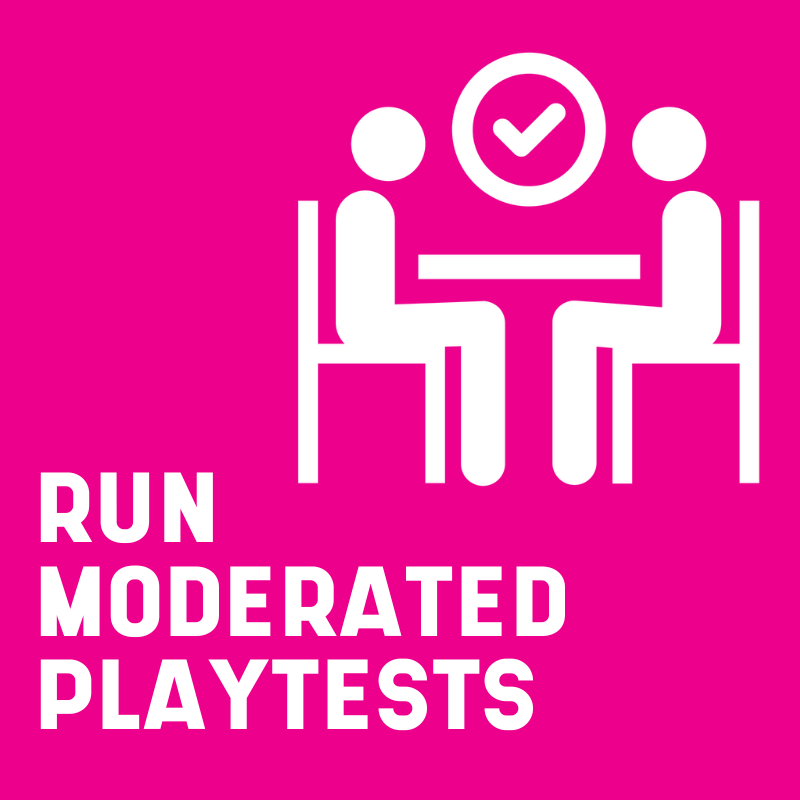Getting a job in games user research requires expertise in two areas – user research, and game development.
The path to getting user research experience is reasonably clear. Academic experience, working as a user researcher elsewhere, or drawing parallels between your experience from other fields can create a compelling case that you are ready to run user research studies.
The other part, understanding game development, is harder. This is where a lot of people get stuck. Interviewers expect you to understand the basics of game development, and what the day-to-day reality of making games is like. But secrecy and NDAs means that game studios are often opaque, and it’s hard to know how games get made.
Even if you know the science of research, if you don’t know the inner workings of the game development studios you will get stuck.
This stalls your games user research career
It’s the classic catch-22 – you need to understand game development to get a job, but you need a job to really understand game development.
Your game development knowledge is often evaluated as part of the interview process, with non-researchers joining the interview to help assess your credibility – seeing if you understand their jargon, and their production process.
Failing this test becomes a critical problem when applying to senior roles from outside of the games industry. Despite being an expert in user research if you can’t show you understand how games are made, you will not get the job. And it’s hard to get an understanding of what the inner workings of game development is like, from outside the industry.
In this article I will cover some of the core ideas about game development that you’ll need to understand, and link to external resources with further information. It will help you know what you need to know about game development to be credible.
We will explore the game development process, some of the key roles within it, and demystify some of the language within games. We’ll start to explore the tools and technical process of game development, and how to demonstrate you have this experience.
By the end of this post, you’ll have a clearer understanding of how game development works, and how user researchers interact with their industry peers, and be more likely to pass the interview.
Understand the game dev process
Game development is interdisciplinary, iterative and messy. That means one ‘standard’ game development process doesn’t exist, and practice between different studios differs. Plus the realities of game development means that even well thought out plans usually don’t survive first contact with a crisis, and the whole model gets thrown out.
The model we’ll cover today is a generic one, based on A Playful Production Process, but will not apply at every studio – especially once deadlines start looming.
Ideation involves a small team, coming up with ideas, prototyping, and researching potential themes for a game. All of this will lead to a definition of ‘what the game wants to be’.
This covers both the experience (how should players feel when playing it), and concrete design decisions – what is the platform, genre or theme, and what will players be able to do in the game.
At the end of this process, the goals of the game should be clearly defined.
Pre Production involves a lot of planning and scoping. A ‘vertical slice’ is a small playable representation of what the full game experience will be. Creating the vertical slice proves the team can make something that is fun (or meets their other emotional goals). That can then be used to work out how long full production would take, and inspire the roadmap for building the game.
Production is when building the game hits full steam, and the team size grows rapidly. During production the scope is finalised. It includes some milestones as the game moves towards completion – first Alpha, which is often used to describe a ‘feature complete’ version of the game – which has rough versions of everything functional in the game included. This will then progress to a ‘content complete’ beta, where a first pass of all of the art, animation and audio is in.
Post Production is when polish occurs – bugs are found and squashed, the game is balanced, and the final art and audio is integrated. This ends when a release candidate of the game is ready to go.
For some types of games, releasing the game is only the start. If it’s a live-service game, or a mobile game, development often continues post-launch to help keep existing users. This will involve implementing new content, and addressing issues identified at launch.
Match user research to developer needs
As game studios work through the production process, the questions they have, and how we support them with user research will differ.
Often the game teams we work with won’t know the full range of ways user researchers can help them at each stage. We need to be proactive and help them work out what to test, and when it will be most impactful.
In ideation, we can help with evaluating the prototypes they are creating, to identify if they are creating the intended emotional response, and are worth proceeding with.
This can include observational studies diving deep into each specific mechanic, and working out how to optimise it for fun.
It’s also essential at this point to start defining ‘who are the players’, to create a shared understanding within the team about who you’re making your game for. This will avoid problems later down the line, and make it possible to find real players to test with in the future.
In pre-production creating a vertical slice creates lots of opportunities to help evaluate if the game is landing with players – does it create the expected emotional responses (and is it fun!).
Your expertise as a user researcher can lead to running observational studies – looking at how players react, what problems they encounter, and what will need more thought – and help create a more confident production schedule.
Production is where we can be most effective – checking players understand the game, its mechanics, and that they are able to progress as expected.
User research studies will help ensure tutorials are working, that players are learning all of the mechanics required to progress, and identify where they are getting lost or confused. This is a very impactful time for game development!
After production and post-launch we can help with balancing – usually larger quantitative studies to make sure that the game doesn’t have difficulty spikes, or other issues that impact player retention.
We also have to be aware at each stage that the teams we work with are under constraints. A really nice example of design working with user research, exposing those constraints, is in Dana Nightingale’s talk on how design and research worked together to find and address experience issues on Deathloop.
Watch the full talk here:
🚀 Do this now: For each of the objectives listed above, think about which research method you would use to answer them with a study.
Understand the language of game development.
In the book How To Be A Games User Researcher, I cover some of the major roles we’ll interact with (such as producers and designers), and how we can help them.
In order to be credible in conversations with other disciplines, it’s important to be able to talk to game developers about development. You need to speak the language.
There are a few ways to get exposed to what game developers do, their priorities and how they work. Watching GDC talks from other disciplines helps understand the motivations and priorities of other disciplines, including our closest partners like design and production. Here are some popular free GDC videos to get started.
You should also seek out the game development community, and see their conversations. Twitter is a good place to start (here’s a list of games user researchers to get you started – but you should move beyond just researchers to other disciplines).
You can also seek out popular professional game dev discords or slack groups, such as the Games Production Community Discord, or Into Games (recommended by Alex Flint). Lurk in those communities, listen to their challenges, and learn.
🚀 Do this now: Find a professional game developer community, join it, and read the recent chat to understand ‘what’s hard for game developers’.
Show you understand game development
When applying for games user research roles, it’s essential to also demonstrate you understand game development, to get picked for interviews.
Writing about game development, or creating a portfolio helps create evidence that you are invested in understanding games, and should be referenced on your CV.
When I was finishing university, I contacted game developers and offered to help with usability reviews, which I believe helped me get my first job at PlayStation. Here’s a blog post on how to do that yourself.
🚀 Do this now: Decide how you will show evidence that you understand the game development process on your CV.
Game development is a complicated and messy process, but even a basic understanding of the roles within it, and how games get made will help you stand out as an applicant (and is pretty much essential for a senior role).
Ready to finally start your games user research career?
Every month, get sent the latest articles on how to start a career in game development, and find games user research jobs.
Plus get two free e-books of career guidance from top games companies



